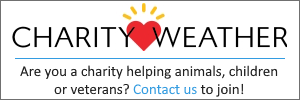Flying the Fairchild PT-19 WW II Trainer
I was in the Army 1966-68-stationed at Ft. Campbell, Kentucky. I had started flying in 1962, and had my commercial and Flight Instructor ratings at 18.
United Airlines was handing out provisional hire certificates to Private Pilots at Mankato State University-contingent on an applicant receiving their Commercial certificate. I was looking forward to an airline career-until the buildup for Vietnam. Airlines no longer wanted applicants facing the military draft. I was 1-A, and needed to get the military obligation over with, so I volunteered my draft number-as a draftee, it would still be a two...

Reader Comments(0)